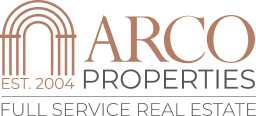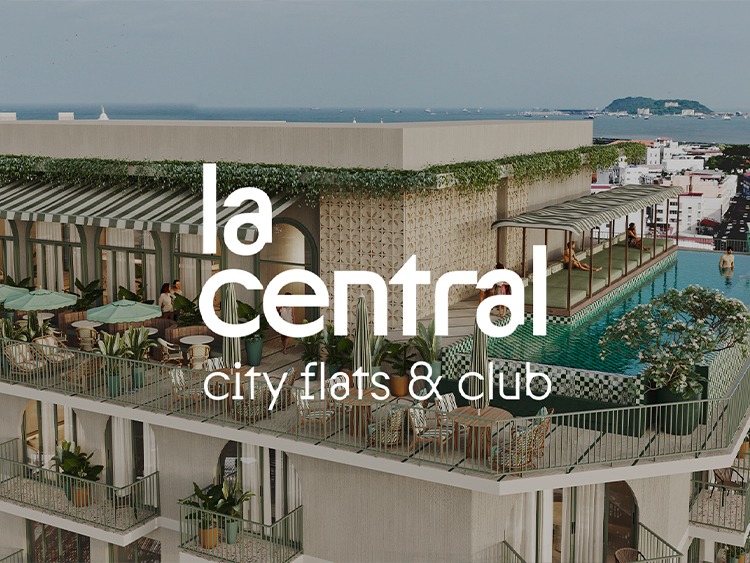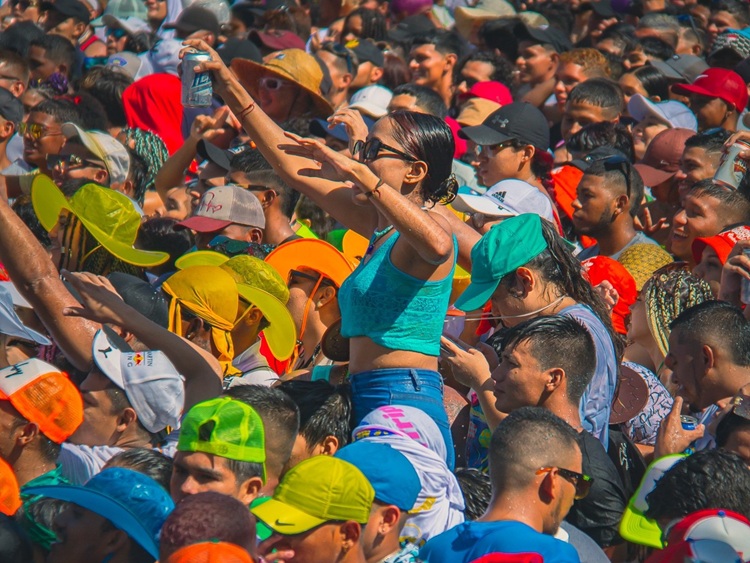Panama News: San Felipe, more than historic buildings
Last Saturday a nice article came out about Casco Viejo (which in Panama is known as San Felipe, Catedral, la Ciudad… so many names!). I looked for it in the electronic version of La Prensa, but couldn´t find it. So here is my translation and the original piece scanned at the bottom.
La Prensa, August 9th, 2008
10 Years as Human Patrimony
San Felipe, more than historic buildings
Casco Viejo is acquiring a new face, but there are still some pending works for underground electric cables and street repairs.
Ana Teresa Benjamin
Dozens of years ago, the neighborhood of Casco Viejo was almost in ruins. With tens of years in abandon and a good part of its population living in forgotten houses, Casco Viejo started to receive brushes of decorum in the middle of the 80´s, when the government started rehabilitating some of the plazas, buildings and churches.
During the sociopolitical crisis of 1985-1989, the neighborhood was left aside and the panorama didn’t change until 1997 when a special incentive law was approved to restore the properties. Finally, in 1998 UNESCO declared the site World Heritage Site.
What has been done, what is still pending
With a total of 865 properties, the current rhythm of restoration is good, according to the director of the Office of Casco Antiguo, Ariel Espino.
However – and according to 2007 statistics – only 13% (114) properties have been restored, while the other 74% are public buildings without intervention, abandoned, empty lots or unrestored occupied houses.
“The unrestored homes have a relation with the investment rhythm”, says Espino. It is also related with speculation which has affected the speed of restorations. Because as Patrizia Pinzón, sales manager of Arco Properties confirms, the “big illness” of Casco Viejo is speculation. “People that bought to restore, but they never did”, explains.
Nevertheless, the projects that have given a new face to Panama’s first neighborhood runs up to 13th Street. Government built social housing thrive the main development in this area.
Some of the rescued houses are the Boyacá, the Casa Rosada, San Felipe Neri and Elsa Salazar. In construction are Casa Amarilla, Casa Nueve and Casa Francia. The idea is to provide old residents and those who can pay and be responsible with an option in the neighborhood.
And the fact is that, as Pinzón says, although at the beginning they tried to rescue and preserve only the architectural patrimony, it has also been important to protect it’s human patrimony.
But for Heriberto Trejos from Fundación Calicanto there is still a need for the organizations working in different programs to coordinate efforts more consistently. “We are still in debt”, he says, especially with children. “They are lacking of options in fields like sports and arts, we have to follow up closely their family situation” he adds.
Hildegard Vásquez, restoration architect of Hache Uve S.A. thinks the same. “The idea is to start building a community where everyone wants to live”.
On the infrastructure, there are still some streets to repair and burying the cables and sewer repairs are an ongoing project. The costs of this project will be known at the ends of this year, said Espino. Then they’ll need to find financing.





